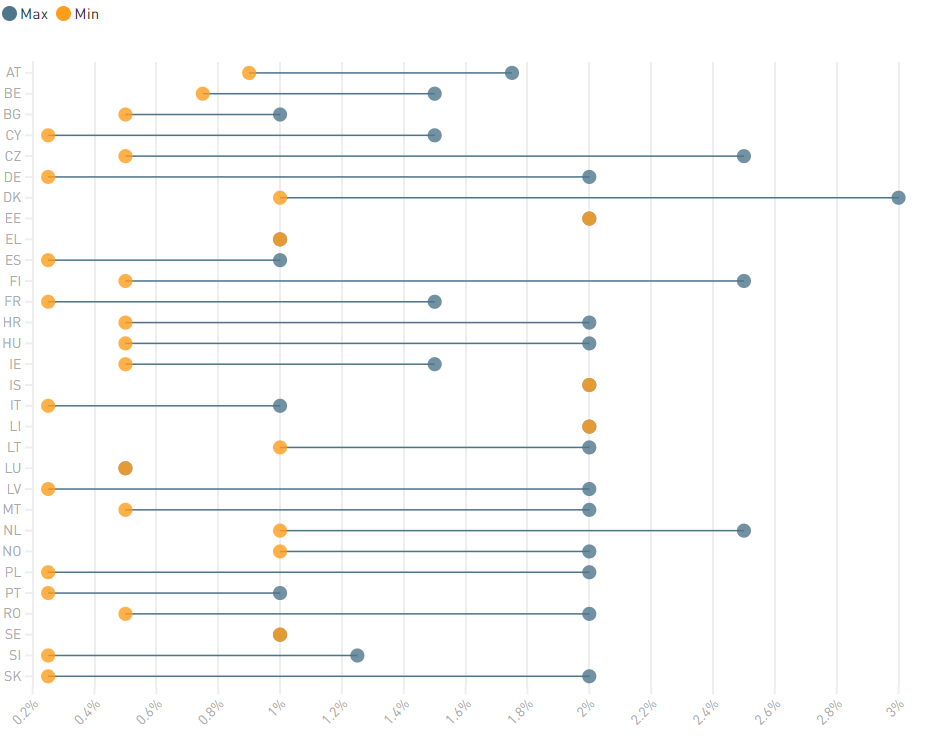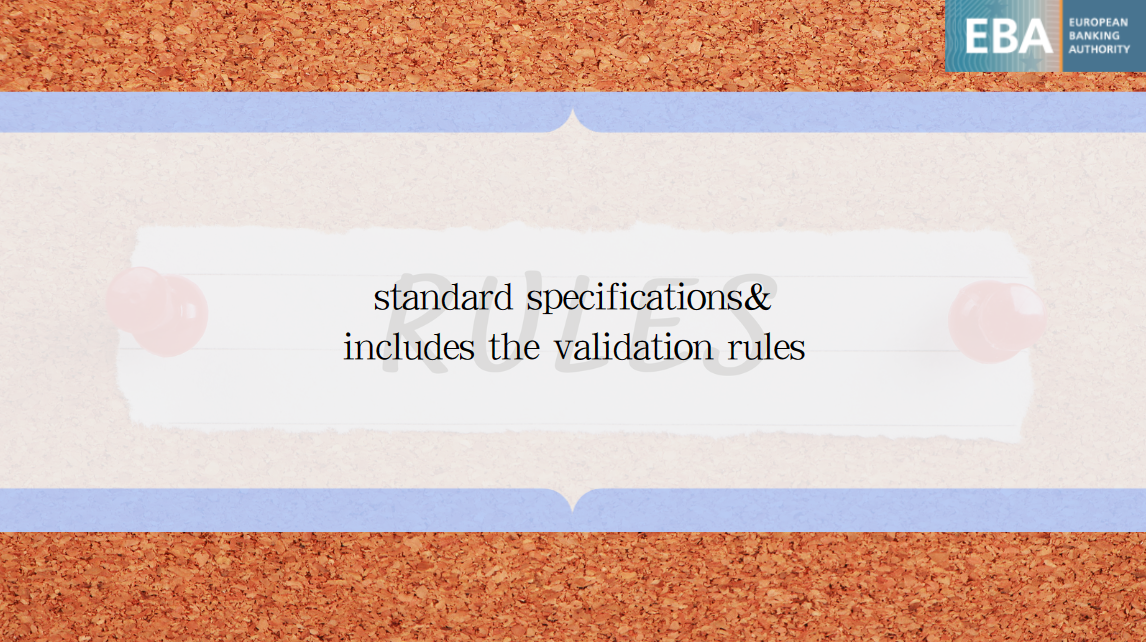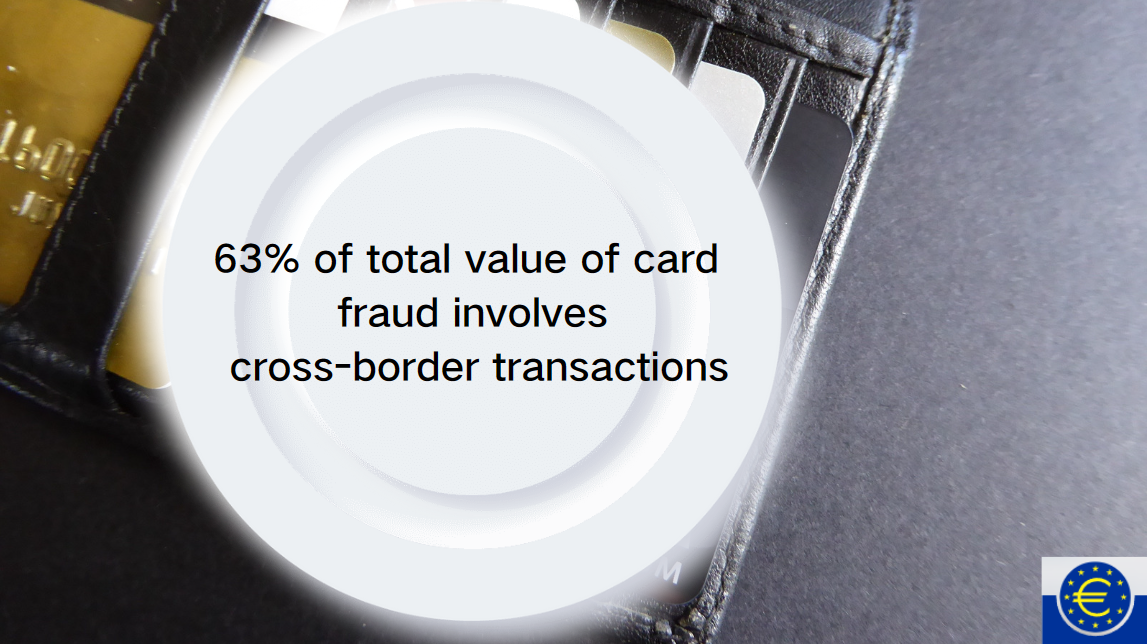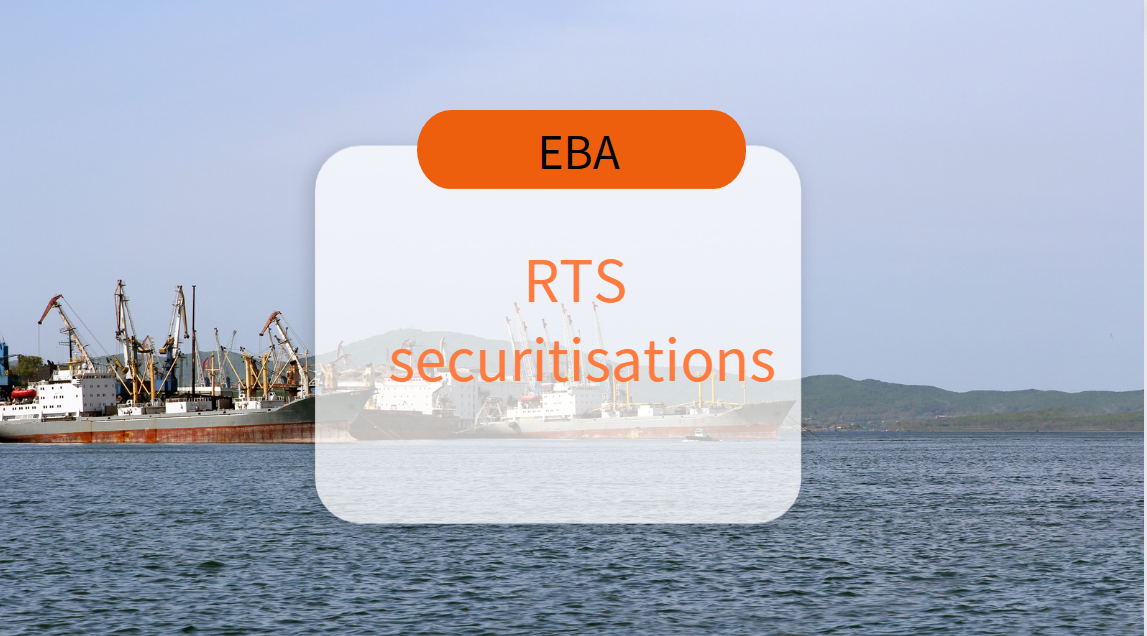EBA updates list of other systemically important institutions
The European Banking Authority (EBA) updated today the list of other systemically important institutions (O-SIIs) in the EU, which, together with global systemically important institutions (G-SIIs), are identified as systemically important by the relevant authorities according to harmonised criteria laid down in the EBA Guidelines. This list is based on year-end-2022 data and includes the overall score calculated according to the EBA Guidelines and the capital buffer rate that the relevant authorities have set for the identified O-SIIs.
The EBA Guidelines define the size, importance, complexity and interconnectedness as the criteria to identify O-SIIs. They also provide flexibility to relevant authorities to apply their supervisory judgment when deciding to include other institutions, which might have not been automatically identified as O-SIIs. This approach ensures a comparable assessment of all financial institutions across the EU, whilst still not excluding those firms that may be deemed systemically important for one jurisdiction on the basis of certain specificities.
The list published today aims to increase transparency in the EU by providing an overview of OSIIs, including some key facts about the banks identified. 180 banks were identified as systemically important in 2022 (at the highest level of consolidation in each country) with buffer rates ranging from 0.25% to 3%, as shown in the chart below. Relevant authorities disclose further details on the underlying rationale and identification process for their respective jurisdictions. This additional information may be relevant to understand the specific features of each O-SII and to get some insight in terms of supervisory judgment, optional indicators used, buffer decisions and phase-in implementation dates. As underlined in the Capital Requirements Directive (CRD), the assessment of systemic importance necessary to identify O-SIIs remains under the remit of the national competent or designated authorities.
O-SII buffer rate ranges by country

DOCUMENTS
LINKS























































First, please LoginComment After ~